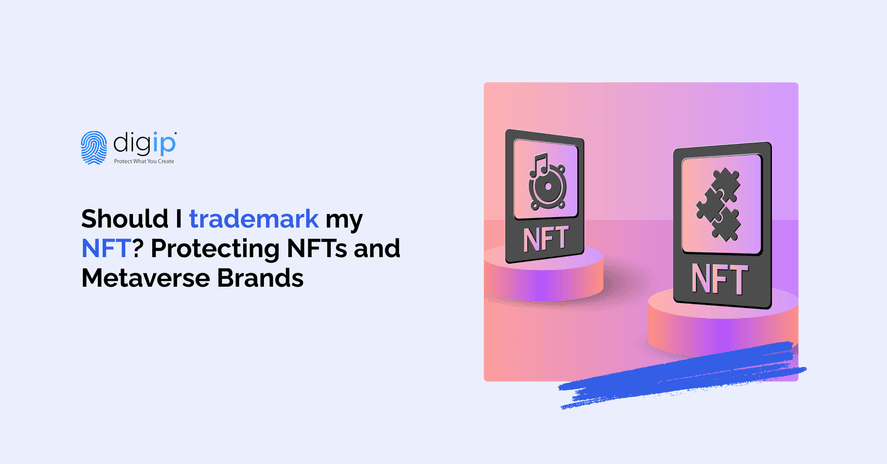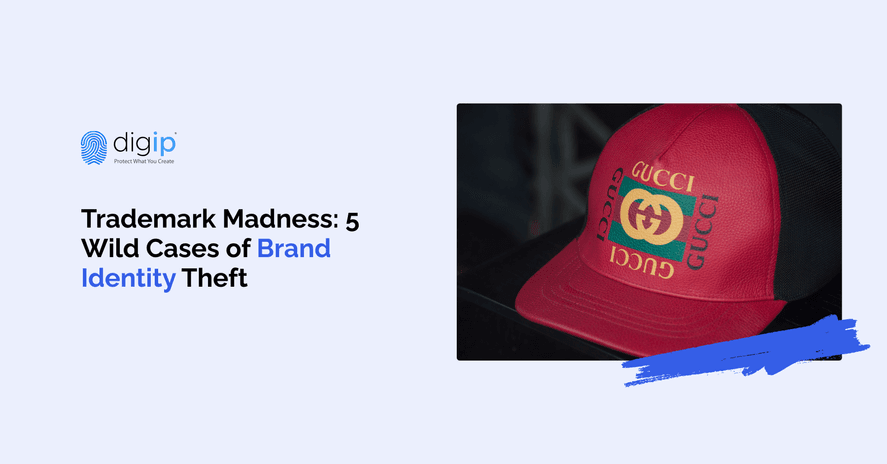
- Trademark
Should I trademark my NFT? Protecting NFTs and Metaverse Brands
NFTs and the Metaverse are quickly gaining popularity. If you’re looking to make a business out of creating digital products and art-as-an-asset, it’s a good idea to secure a trademark for your brand while these markets are in their early stages.
An overview of NFTs and Metaverse brands
NFTs are blockchain-based digital assets with a unique ID and rights attached to them via software code. Because no two NFTs are exactly alike, they are non-fungible. They cannot be interchanged or replaced with other NFTs. Compare these to cryptocurrencies like Bitcoin or Ethereum, whose tokens can be replaced with other tokens of the same value.
The Metaverse, meanwhile, is a digital universe that encourages the use of virtual reality (VR) and augmented reality (AR) technologies to foster immersive experiences online. It’s a new way of interacting with other people, technology, and even the physical world that is poised to join the mainstream in the next few years.
This universe is quickly growing its own digital economy, where users can create, sell, and buy various virtual products including NFTs. Popular brands like Nike and Gucci are all hopping on the trend, creating virtual clothes, shoes, and experiences for their followers to flex in the Metaverse.
While only time can tell what further innovations will come out of these projects, the NFT and Metaverse markets are shaping up to be profitable outlets for creatives.
Who Owns the Rights to NFTs and Metaverse Products?
As an artist, it is important to understand the legal implications of creating and selling NFTs or goods on the Metaverse.
The purchase of an NFT can be compared to buying a signed trading card or art print. It is simply an authenticated copy of the art, verified through the blockchain network. It does not automatically transfer intellectual property rights of the represented art to the buyer.
No matter how much the buyer paid to own the NFT, they would not be able to use or replicate the image in the token without permission. Unless otherwise encoded in the token itself, the copyright to the underlying work still belongs to the artist.
Same goes for your Metaverse products—your buyer owns a copy of the material, but you own its design.
Because of the hype surrounding these digital assets, people tend to buy them without fully understanding the terms of their ownership. This is where you may run into risks.
Why Trademark Your NFT or Metaverse Brand?
Art theft is rampant in the digital age.
Without a trademark, your brand is vulnerable to copycats. Other creators may create their products that look very similar to yours, advertise them using your brand name, and make a profit off the association with your business.
They can also establish offline businesses under your brand name and visual identity. Consumers may be misled and engage with these competitors under the presumption that they are supporting your brand.
Registering a trademark allows you to defend your brand and works from infringement under trademark law. Some of these defensible cases include:
- Others using your registered trademark to market goods and services that are identical to yours (counterfeit)
- Others operating under a brand that is confusingly similar to your trademarked brand (misrepresentation)
- In some cases, the use of your brand name or assets to market goods and services in another industry, taking advantage of the reputation of your registered trademark
Beyond these legal benefits, trademarking your brand solidifies your authority as an artist. It can help you build to a strong brand identity that customers will recognize and trust, increasing customer loyalty and creating a competitive edge in the market.
How to Trademark Your NFT or Metaverse Brand
Trademarking your brand is a straightforward process. Here’s a quick overview.
First, you’ll need to trademark the name of your brand. This may help you enforce your authority as the artist in case any infringement occurs in the future.
Start by searching for your trademark within the relevant classes. The key trademark classes for these assets are:
NFT
- Class 9 - Digital products and art
- Class 35 - Retail of NFTs
- Class 41 - Exhibition and display of NFTs
Metaverse
- Class 9 - Software & games
- Class 42 - Blockchain, SaaS, and PaaS application
- Class 41 - Online gaming
Your mark should be completely unique to improve chances of a successful registration. If you find that your brand name is too similar to existing trademarked entities, you’ll need to employ some changes to it before submitting your trademark.
Once you have registered your main trademark, you may opt to trademark any taglines or slogans that go along with your branding, followed by any logos and brand-specific graphic designs that are used in your marketing campaigns.
While you’re preparing your trademark applications, you can also register for a .com domain name and set up a website to promote your NFT or Metaverse business.
A registered trademark doesn’t stop competitors from copying your ideas. To protect your brand, you’ll need to consistently monitor your trademarks and oppose copycats through legal action. This is your right as a trademark owner.
It’s also a good idea to keep an eye on any updates to trademark law, as these can affect your long-term branding and asset protection strategy.
Key Takeaways
When you’re dealing with digital assets that are highly visible and easy to download or replicate, you are much more vulnerable to art theft. Trademarking your NFT or Metaverse brand is a great way to protect your assets against copycats, squatters, and others aiming to profit off your hard work.
Trademark your assets as soon as possible and start building your niche in these digital markets. This will help propel your business growth as the Metaverse continues to expand.
Protect your trademark today!
- Trademark



